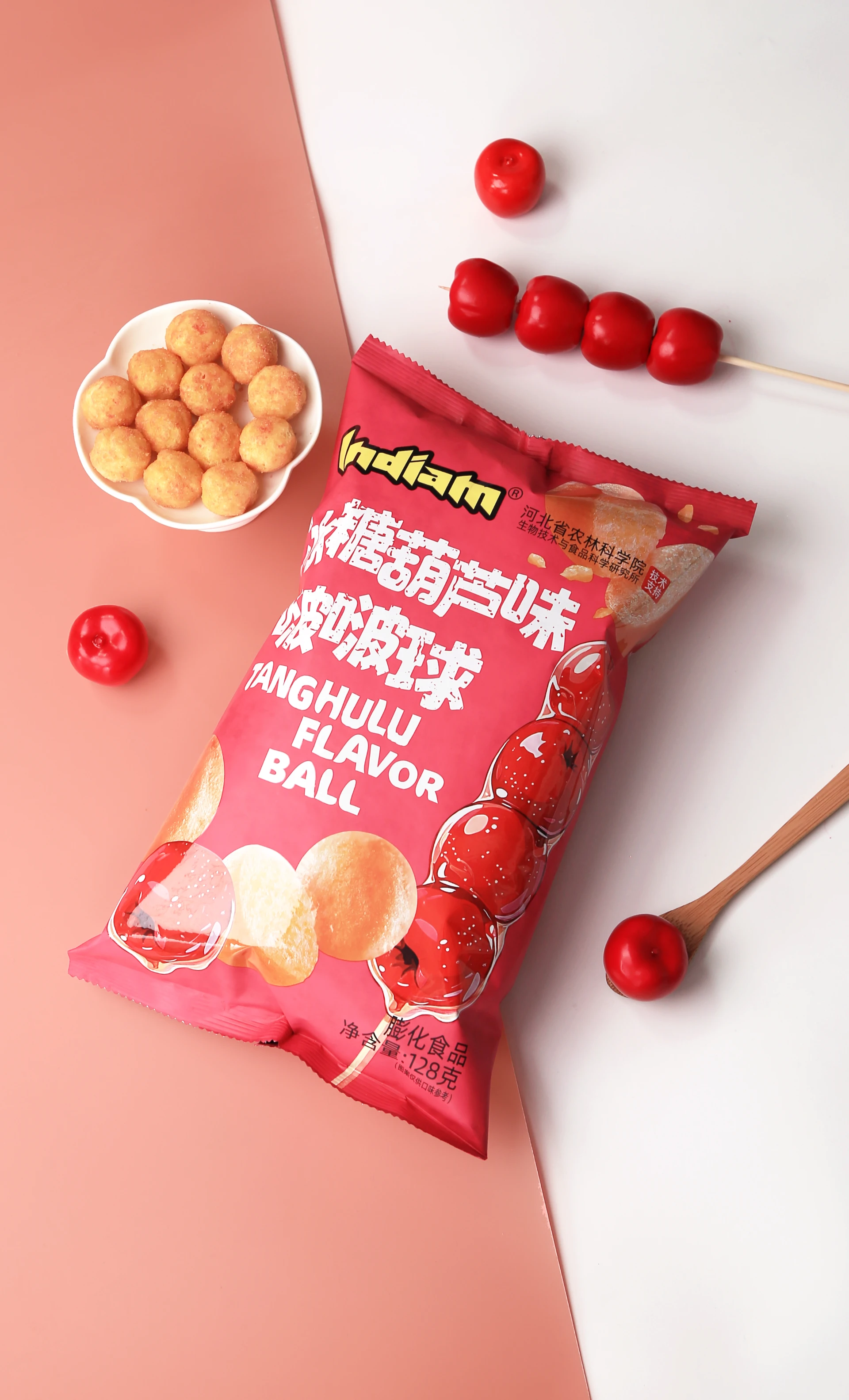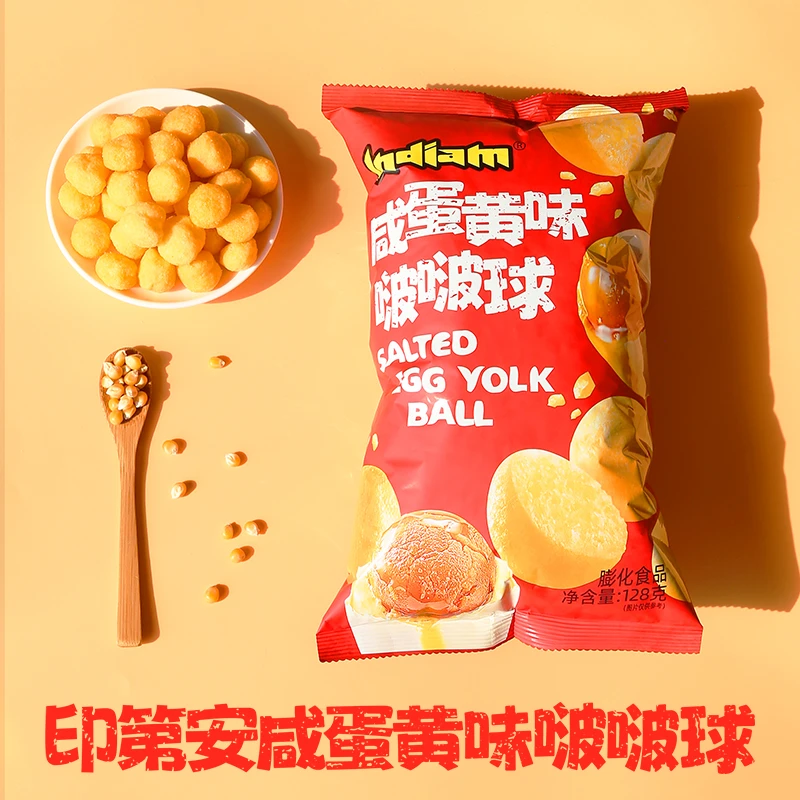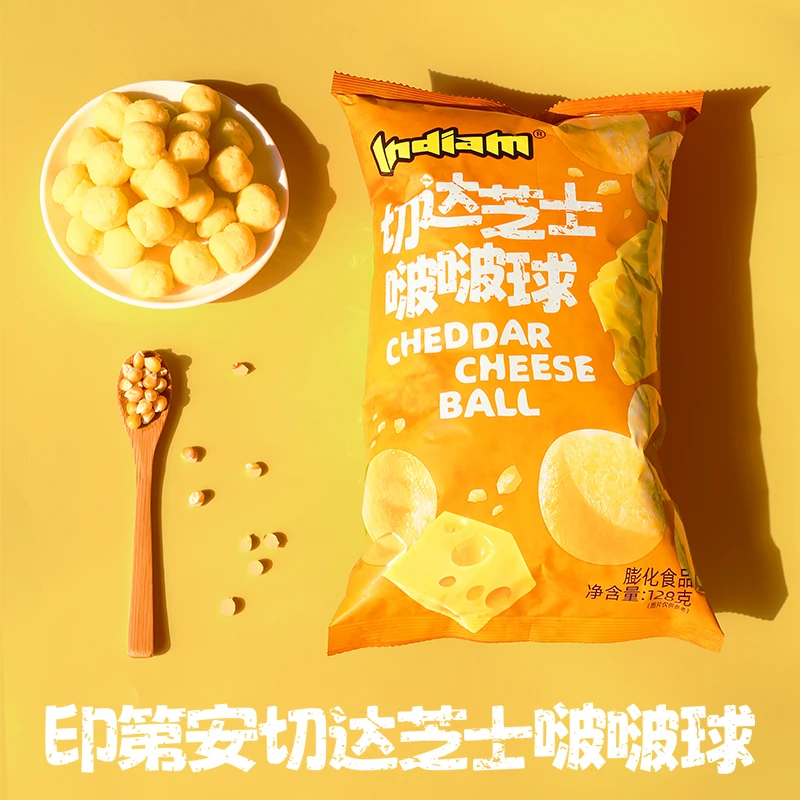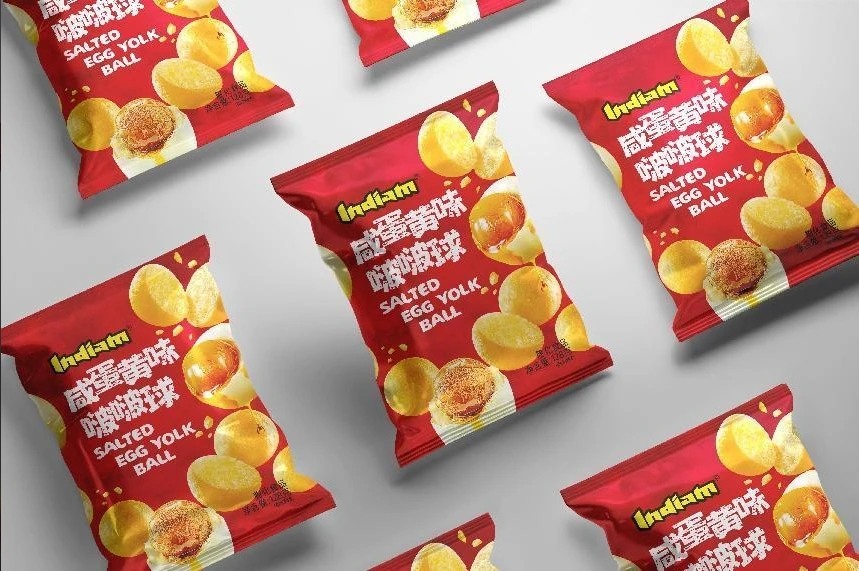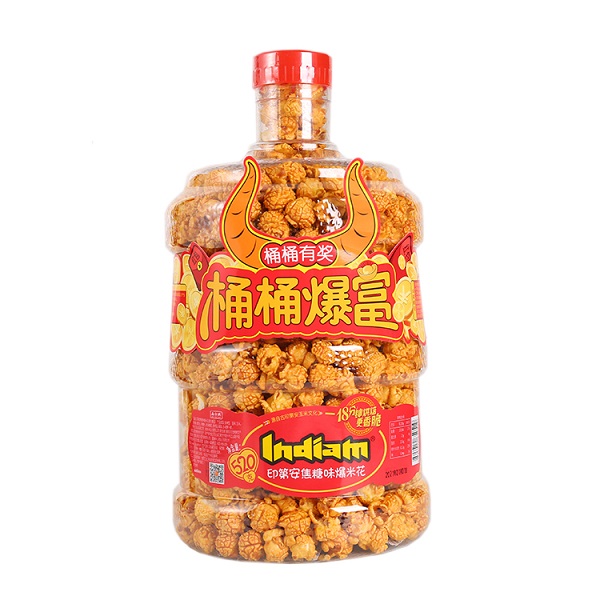Understanding Gluten in Marshmallows: Safety, Industry Trends & Consumer Guide
Gluten in Marshmallows: What’s Really Behind This Curious Concern?
When we think about marshmallows, the last thing on most minds is gluten — often associated with bread, pasta, and other grain-based foods. Yet, gluten in marshmallows is a surprisingly hot topic among food manufacturers, nutritional watchdogs, and gluten-sensitive consumers alike. Why? Because understanding gluten’s presence in these fluffy treats has broader global health implications, especially for millions who live with celiac disease or gluten intolerance.
Learning about gluten in marshmallows isn’t just about food trivia; it’s about safe consumption, industry transparency, and improving access to allergy-friendly foods worldwide.
The Global Context: Why Gluten in Marshmallows Matters More Than You Think
Did you know that approximately 1 in 100 people worldwide suffer from celiac disease, according to the World Health Organization? This autoimmune disorder requires strict gluten avoidance. Meanwhile, millions more experience non-celiac gluten sensitivity and benefit from gluten-free diets. In this context, nondisclosure or accidental presence of gluten in seemingly safe foods like marshmallows becomes a critical issue.
Industries are responding — the global gluten-free market is expected to reach $9.6 billion by 2025 (source: Statista). Meanwhile, marshmallow manufacturers are under increasing pressure to provide gluten-free certifications and improve ingredient transparency. It’s not just health; it’s also about trust and market access worldwide.
At its core, the challenge lies in ingredients that might seem harmless yet cross-contaminate or mask gluten presence — for example, certain starches, dextrins, or flavor additives used in marshmallows.
Defining Gluten in Marshmallows: What It Actually Means
So, what does “gluten in marshmallows” really mean? Simply put, it's any gluten protein residue present in a marshmallow product — typically from wheat, rye, or barley derivatives. Marshmallows themselves are mostly sugar, gelatin, water, and air, so they shouldn’t naturally contain gluten. However, gluten can sneak in through ingredients like modified food starch, certain flavorings, or cross-contamination during manufacturing.
For those with gluten intolerance, even trace amounts (usually 20 ppm or less per FDA and ISO standards) can cause adverse reactions, making labeling and controls vital. From an industry perspective, gluten in marshmallows highlights the importance of rigorous supply chain auditing and allergen management in confectionery production.
Key Aspects Behind Gluten Presence in Marshmallows
Ingredient Sourcing
The single biggest factor is where and how ingredients are sourced. If a starch or flavor additive originates from wheat and isn’t rigorously purified or replaced by gluten-free versions, it can introduce gluten. Suppliers focused on gluten-free certifications help reduce this risk substantially.
Manufacturing Environment
Cross-contamination is a common sneaky culprit. Shared production lines or insufficient cleaning protocols can leave gluten residues that contaminate otherwise gluten-free marshmallows. Many producers now use dedicated gluten-free lines or implement robust cleaning procedures to avoid this.
Testing & Certification
Advanced testing methods, such as ELISA assays, detect gluten down to parts per million levels. Regular testing paired with third-party gluten-free certification ensures products meet strict international food safety standards.
Labeling & Consumer Awareness
Transparent labeling enables consumers to make safe choices. Many countries have strict laws mandating gluten declaration. However, ambiguous phrases like “may contain traces” still confuse many shoppers.
Real-World Uses and Global Impact of Gluten-Free Marshmallows
Gluten-free marshmallows enjoy strong demand, from North American specialty food stores to European allergy-friendly product aisles. In remote areas, gluten-free foods, including sweets like marshmallows, are used by humanitarian agencies providing relief to allergy-prone populations.
Take for example NGOs distributing gluten-free snacks post-disaster. Marshmallows provide a comforting, morale-boosting treat — if safe. Without clear gluten control, these well-meaning efforts risk causing harm instead. Hence, meticulous gluten management is vital not just commercially but ethically worldwide.
Quick Takeaway
Gluten in marshmallows matters beyond supermarkets — it has real implications on health, humanitarian aid, and global food safety standards.
Advantages of Gluten-Free Marshmallows: Beyond Allergy-Friendliness
- Cost Efficiency: Though specialized ingredients add some cost, reduced risk of recalls and lawsuits balances that out.
- Social Impact: Providing safe treats fosters inclusion for gluten-sensitive individuals.
- Brand Trust: Certifications and transparency elevate brand reputation.
- Innovation: Pushing ingredient reformulation encourages creative substitutes with cleaner labels.
What’s Next? Future Trends in Gluten Management for Confectionery
Oddly enough, automation is helping manufacturers reduce cross-contact risks by replacing manual processes. New plant-based starches and additives devoid of gluten proteins are also becoming popular alternatives. Digital traceability powered by blockchain tech is starting to track ingredient origins with unprecedented accuracy.
Sustainability trends affect this landscape too: efforts to source transparent, non-GMO, and allergen-friendly ingredients dovetail with the push against gluten contamination. So the concept of gluten in marshmallows is part of a broader wave towards cleaner, safer, and smarter food production systems.
Challenges & How Experts Suggest Overcoming Them
The biggest challenge remains ensuring zero gluten at scale without inflating costs prohibitively. Smaller manufacturers find this especially daunting. Key solutions experts recommend include:
- Stronger supplier audits using third-party labs.
- Investment in dedicated gluten-free lines.
- Enhanced employee training on allergen handling.
- Consumer education campaigns.
Gluten in Marshmallows: FAQ
- Q1: Are all marshmallows gluten-free by default?
- No. While basic marshmallows generally do not contain gluten, certain additives or cross-contamination during production may introduce gluten. Always check packaging.
- Q2: How can gluten-sensitive consumers ensure marshmallows are safe?
- Look for gluten-free labeling or certification on marshmallows. When in doubt, contact manufacturers directly or consult trustworthy allergy databases.
- Q3: Is there a difference between natural and artificial flavors regarding gluten?
- Yes. Natural flavors derived from gluten-containing grains can carry gluten traces, while artificial flavors are typically gluten-free. Still, always verify sources since it varies by brand.
- Q4: How do manufacturers test for gluten in marshmallows?
- Most rely on enzyme-linked immunosorbent assay (ELISA) testing, which can detect gluten residues down to parts per million, ensuring compliance with FDA and ISO regulations.
- Q5: Can cross-contact in shared factories be fully prevented?
- It's challenging but manageable through stringent cleaning, scheduling production runs, and physical separation of lines. Some manufacturers invest in dedicated gluten-free facilities to be safe.
Product Specification Table: Typical Gluten-Conscious Marshmallow Ingredients
| Ingredient | Function | Gluten Risk | Common Alternatives |
|---|---|---|---|
| Gelatin | Gelling agent | None | N/A |
| Corn syrup / Sugar | Sweetener | Low | Agave syrup, honey |
| Modified food starch | Texture stabilizer | Medium (if wheat-based) | Tapioca, corn starch (gluten-free) |
| Flavorings | Taste | Variable | Artificial or certified gluten-free natural flavors |
| Colorings | Visual appeal | None / low | Natural food dyes |
Comparing Major Manufacturers for Gluten-Free Marshmallows
| Brand | Gluten-Free Certification | Cross-Contamination Controls | Price Range |
|---|---|---|---|
| SweetFluff Co. | Certified Gluten-Free (GFCO) | Dedicated gluten-free lines | $$ |
| Marsh Magic | Third-party tested, no certification | Shared lines, cleanings after runs | $ |
| Fluff & Free | Certified Gluten-Free + Organic | Exclusive gluten-free and organic facility | $$$ |
Conclusion: Why Being Gluten Conscious Matters Even in Marshmallows
Gluten in marshmallows might sound niche, but it ties directly into a bigger story about food safety, inclusivity, and responsible manufacturing. Knowing the risks and how the industry manages them helps consumers make informed choices and encourages manufacturers to raise standards. Honestly, I find it encouraging how far the confectionery world has come — from near zero gluten awareness a decade ago to today’s rigorous testing and certifications.
Whether you’re celiac, gluten-sensitive, or just curious, understanding gluten in marshmallows is a small but meaningful step towards a safer and tastier food landscape. For more details and trusted gluten-free options, feel free to visit our website. After all, everyone deserves a worry-free sweet treat now and then.
References
Post time: Nov . 19, 2025 00:30






